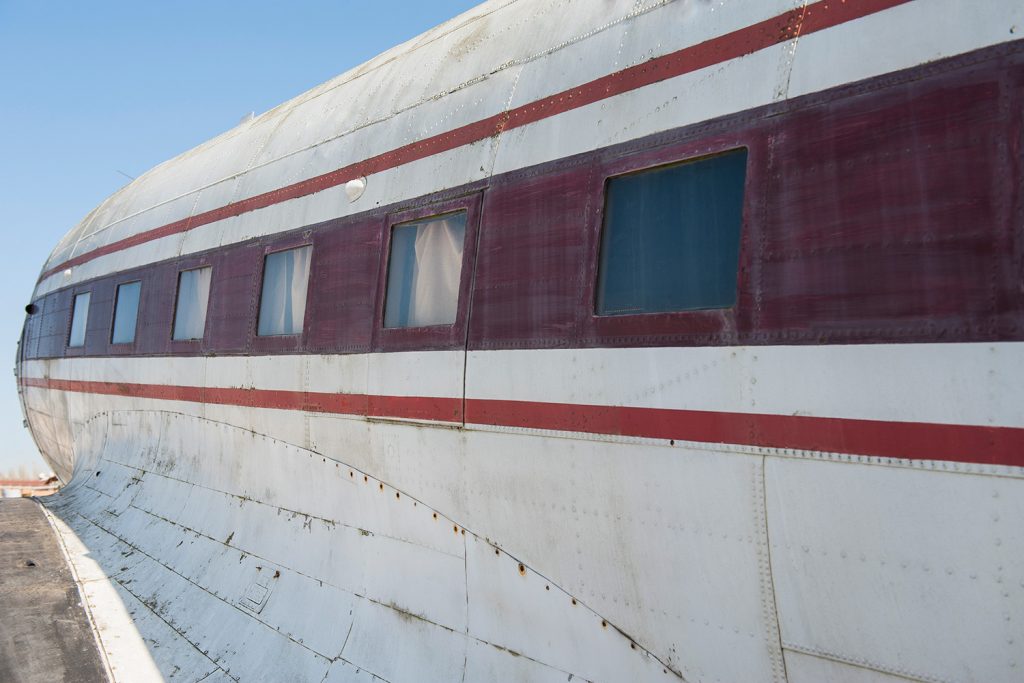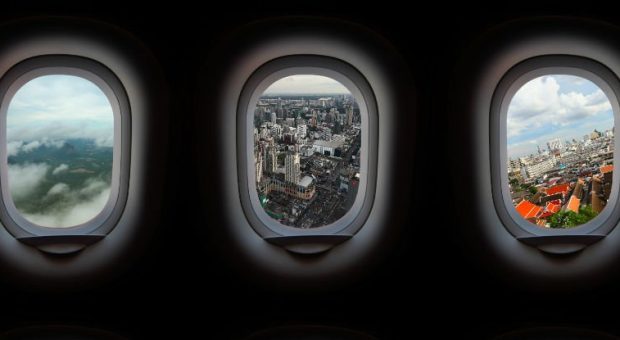Through many years and brilliant breakthroughs in aerospace engineering—from our humble beginnings with unpowered gliders to massive airliners capable of bearing hundreds of passengers plus cargo—mankind has continually streamlined and improved the vessel aerodynamics that gift us the miracle of flight.
Square windows were all the rage in early airplane design—after all, why change a model that’s worked in homes and cars for generations? But when the commercial jetliner rose to prominence in the 1950s, capable of flying at greater speeds and higher altitudes than ever before, two planes fell apart in midair.
The cause? Square windows.  Sharp corners are natural weak spots where stress concentrates, weakened further by air pressure. When subjected to repeated pressurization, four corners on a square window spell disaster.
Sharp corners are natural weak spots where stress concentrates, weakened further by air pressure. When subjected to repeated pressurization, four corners on a square window spell disaster.
Curved windowpanes, on the other hand, which have no focal point, distribute that stress, reducing the likelihood of cracks or breaks. Circular shapes are also stronger and resist deformation, and can thus survive the extreme differences in pressure between the inside and outside of the aircraft.
Gives being able to gaze out of your window to the world from 35,000 feet a whole new outlook, doesn’t it?








